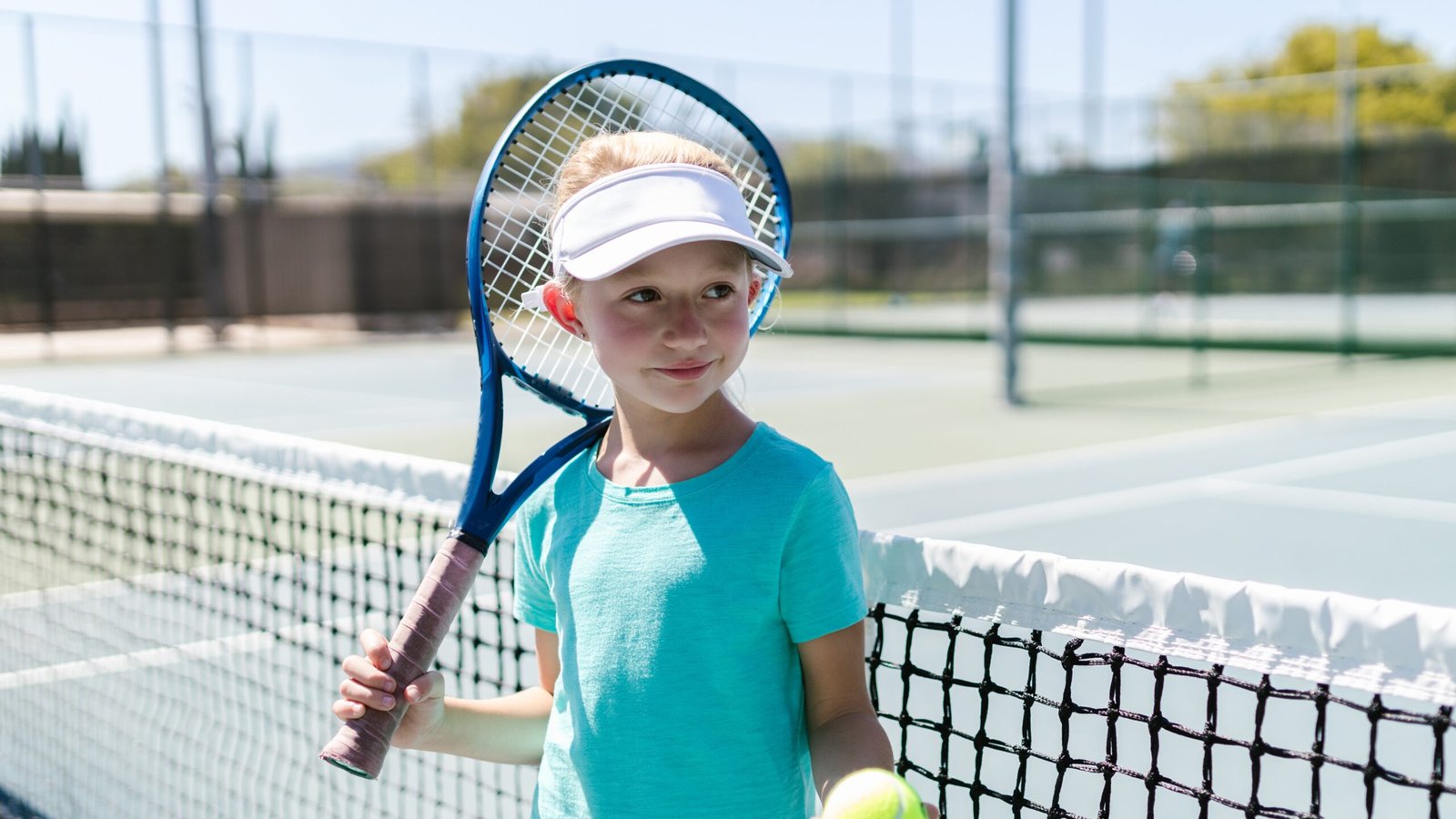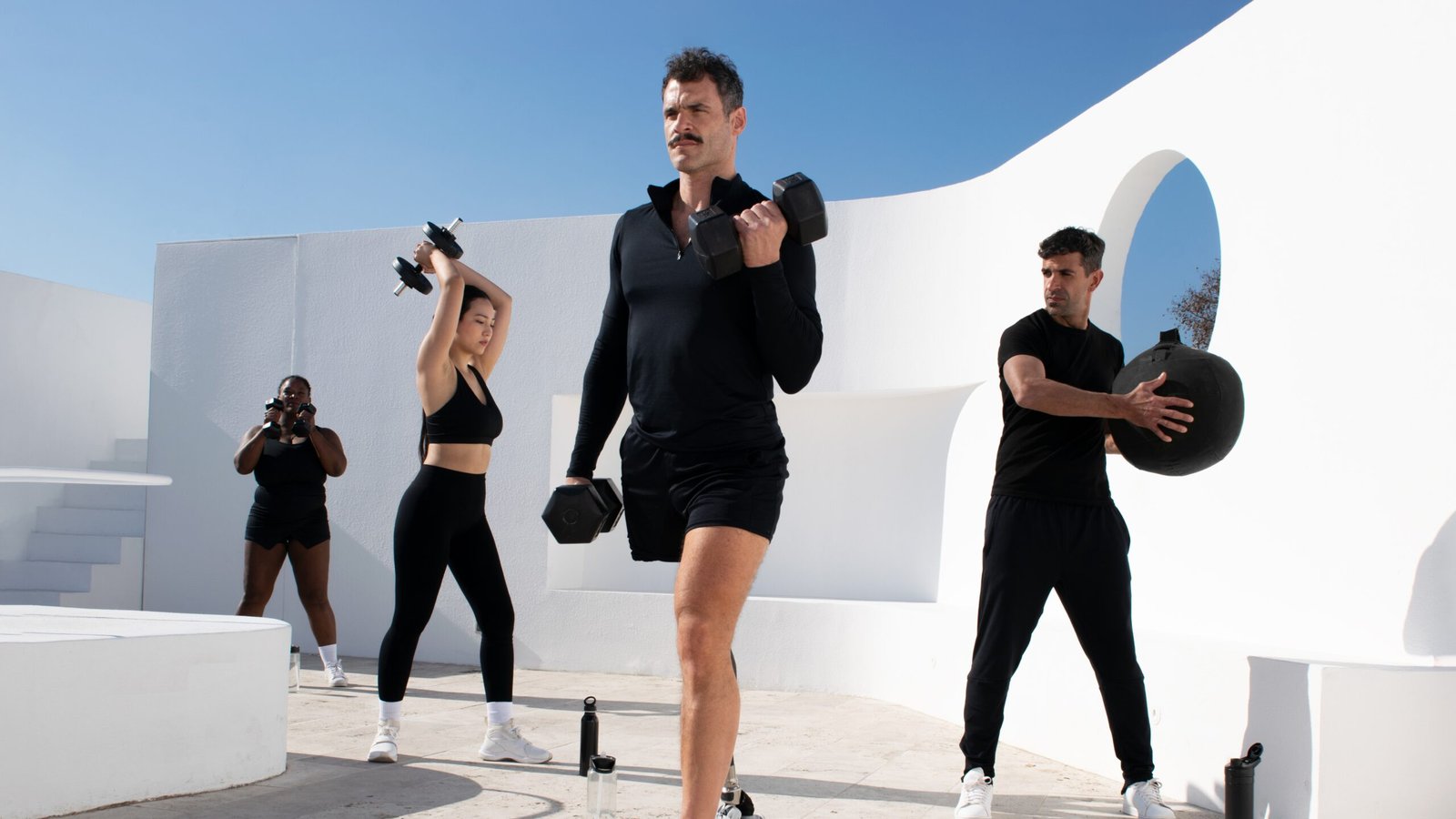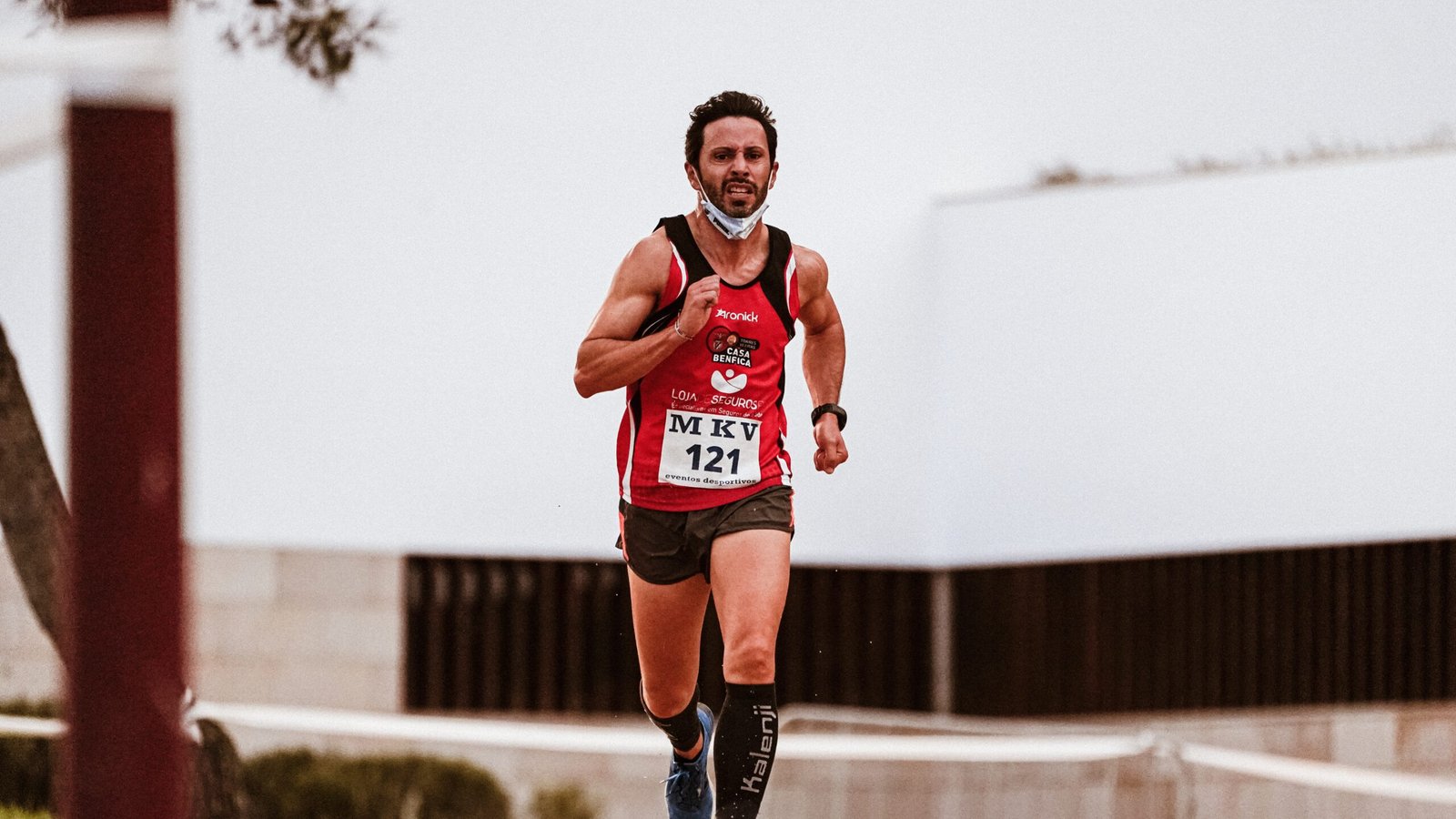Introduction:
Any person, especially an athlete, is prone to the environmental challenges of daily life, and these outdoor activities expose the skin to harmful ultraviolet rays of the sun. Major and prolonged exposure to these rays can lead to sunburn, skin cancer, and premature ageing. That is the reason why UV-protective sportswear has become essential for athletes and outdoor enthusiasts. With the passing days and growing interest of more and more people engaging in activities like hiking, cycling, and water sports, the demand for the best UV clothing for outdoor activities grows. In this particular guide article, we’ll tell you how to choose UPF clothing that keeps you safe and comfortable during all the outdoor ventures. From understanding UPF ratings to the selection of the best fabric for UV protection, this guide bridges all your knowledge gaps to tell you all you need to know.
What is UV-protective sportswear?
UV-protective sportswear are that fabrics or clothes that are made in a manner for it to completely shield the skin from harmful UV rays reaching the skin. It is measured by something called the ultraviolet protection factor, which basically tells you how much of the UV radiation the fabric allows to pass across. To explain it better through an example, if the fabric’s UPF rating is 50, it means that only 1/50 of the sun’s rays can pass through that fabric.

How does it all work?
It starts with you understanding the fabric density. The denser the fabric, the more UV rays it would block. Polyester fabrics that are, in fact, tightly woven block more rays than loosely woven fabrics like cotton, linen, etc. Another bit is how the fabric has been treated. Some garments are chemically treated to increase their quality of repelling the UV rays rather than absorbing them further. The other factor is the color, as in the darker colors like dark green, black, and charcoal absorb more UV radiation than the lighter colors. Brighter, vibrant, or highlighted colors are also prone to more UV ray absorption.
Want to clear up some myths and truths? Long-sleeve clothing provides protection? The truth is that we need to instead look for UV-protective sportswear labelled to have a UPF rating. Another common myth is that wet clothes continue to block UV rays. But the truth is that the wet and stretched fabric can only reduce the UV protection but not block it.
Key Factors to Consider When Choosing UV-Protective Sportswear:
1. UPF Rating and Certification:
When you’re choosing sun-protective clothing, the UPF rating guide is a helpful tool. Clothes with a UPF rating of 15 to 24 offer good coverage, while 25 to 39 means you’re getting very good protection. If you’re planning to spend a lot of time in the sun, though, aim for a UPF rating of 40 to 50+ for the highest level of protection.

2. Fabric Type and Weave:
The best fabrics for UV protection are tightly woven and often treated to enhance their UV-blocking abilities. Popular choices include polyester and nylon, which are durable and moisture-wicking with excellent UV resistance. Bamboo blends, on the other hand, are fabrics that are naturally UV-resistant and breathable. Cotton that doesn’t go through the bleaching process offers some protection when tightly woven. Close-knit or woven fabrics, such as slubs, denims, canvases, or polyester, provide better UV protection. Hence, one needs to always choose UV-specific clothing labelled “UV protective/UPF.”
3. Fit and Comfort:
A looser fit allows better coverage from the rays, as tighter clothes stretch and reduce the density of the cloth or fabric. However, better skin protection comes from more skin coverage. So, even if it is hot, wearing long sleeves and pants would always be a better option.
4. Moisture Wicking and Breathability:
How well a fabric manages sweat and airflow signifies how good a fabric is, and this point is essential while selecting UV protective sportswear. Breathability, on the other hand, is vital for comfort in active movements. One needs to look for lightweight, breathable UV clothing for outdoor activities. On the other hand, moisture-wicking fabrics like polyester and its blends keep sweat away and keep the athlete, or anyone for that matter, dry and comfortable.
Choosing the Right UV Sportswear for Specific Activities:

1. Running and Jogging:
We need to choose lightweight UV clothing for summer that is breathable, allowing freedom of movement. What’s ideal for UV protection for running are moisture-wicking shirts with UPF 30+.
2. Cycling:
Prioritise full coverage options for cycling with panels for ventilation and cooling effect. Look for long-sleeve jerseys with high collars and thumbholes for added protection.
3. Hiking and trekking:
For hiking and trekking or other such outdoor activities, choose garments that can handle rough trails and have layering. Durability during such movements is the key to making them the best UV clothing for hiking. Sun-protective clothing for hiking should be versatile for temperature changes. Water Sports (surfing, paddleboarding, etc.):
Resisting chlorine and saltwater, water sports require quick-drying fabrics to make them sun protection gear for surfers. UPF-rated rash guards and leggings provide very good, in fact excellent, protection while you’re in water and even when you are out.
Style and Practical Features to Look For:
Modern-day UV-protective sportswear isn’t only functional in its features but is also very stylish and practical. You can always look for unique features, like thumbholes and high collars that would increase the coverage area, reaching your hands and neck, and even hoodies that are built-in and are great for water sports and hikes in breezy weather. With this, the colors are also an important factor; darker or brighter colors prove better UV absorption. For hiking and travel, it’s better to go with clothing that folds down small and resists wrinkles, offering convenience without sacrificing protection.
Tips for maintaining UV-protective sportswear:

Proper understanding and care increase the life of the UPF clothing for outdoor sports. It is essential to be aware of how to keep such clothing pieces and how to care for UPF clothes; washing your UV-protective sportswear in cold water with milder detergents, no bleach, and no softener helps maintain such pieces. Air drying is the best, but in case of dryer usage, the setting needs to be at low heat. We should remember that UPF ratings can diminish over time, especially after repeated washes. It’s important to watch for signs that it’s time to replace your gear, such as fraying, thinning fabric, or significant color fading.
Conclusion:
To stay safe and comfortable in the sun, choosing the right UV-protective sportswear is crucial. As a tip, prioritise tightly woven fabrics, correct colors, and loose fits to maximise protection. Even the best UV-protective sportswear can’t protect areas like the face, neck, or hands, so applying a broad-spectrum sunscreen is the best option, especially one that is water resistant so it can successfully play its role when an athlete is doing water-based activities. Protecting the eyes with the correct sunglasses is also important. Remember that amongst it all, style and comfort also matter, so you can always go with options that suit your movements and personal style. Whether that is UV-protection running gear for morning jogs, sun-protective clothing for hiking or treks, or UV-resistant activewear for the gym or beach.
Remember that the best fabric for UV protection and the UPF rating guide for clothing are the two best points that can help you in deciding on the best gear. To stay cool and protected in warm climates, choose breathable UPF clothing and even lightweight UV clothing for summer.
With this, browse our recommended UV-protective gear list or shop now to stay sun-safe and active, no matter what the climate says.
